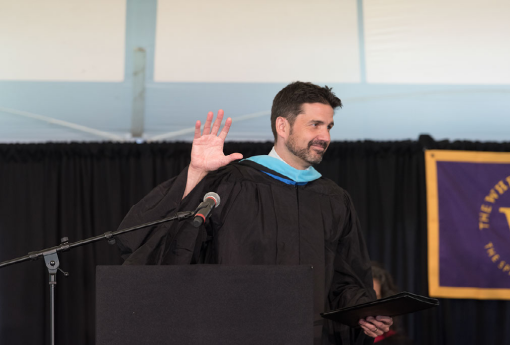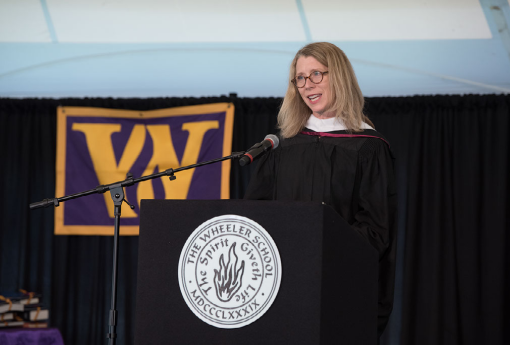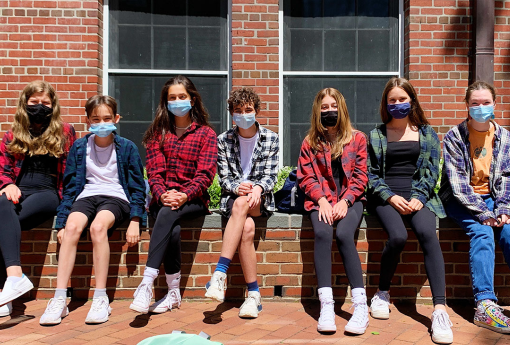
Neuroplasticity and ‘Annoying’ Questions
July 19, 2019
What does Wheeler’s new “Learn our Powers” mission statement, big questions, diversity, and neuroplasticity have to do with each other?
The short answer is lots. The slightly more detailed answer is all the things that make teaching and learning at Wheeler, especially in the Middle School, engaging and vivid.
As I understand it – I’m not a neurologist – neuroplasticity is the ability of a brain to assimilate new stimuli. It’s been a commonly accepted idea that children age 0-3 had breathtaking neuroplasticity but after that, all bets were off. Research now shows that adolescent brains have neuroplasticity equal to that of newborns and toddlers. If this is true, and I have every reason and experience to believe it is, then middle school is a vital and limited time to take advantage of the plasticity of the brain.
Among the strategies which teachers employ to help students learn their powers (the first part of Wheeler’s new Mission statement) is to ask big questions. My students call these big questions “annoying” because their answers can’t be Googled, nor are they immediately answerable. Even more annoying, the big questions lead to lots of other questions. A whole class, unit, or marking period can center on one big, annoying question.
Even better is when the students ask the big questions. Recently students asked a teacher why discipline for boys was different from that of girls. The implication was that the meting out of punishments was unfair. It’s a fair question, one that I’ve asked myself at different times of my career. I’d like to think the discipline system is fair, but if students are asking, they obviously disagree, therefore their question requires more conversation and thought. The power of a question, especially ones that cause disequilibrium and discomfort, can lead to productive change and the empowerment of the asker.
So those so-called “annoying” questions, whether they come from a teacher or student, are causing the students to feel like their brains are ready to burst (in a good way). The annoying questions beget a diversity of answers and points of view. Every week I can expect at least a few answers that surprise me for their originality.
In my mind and practice, diversity should be categorized into two types: macro-diversity (e.g. race, class, gender identity, etc.) and micro-diversity (e.g. linear v. spatial, tree v. forest thinking ). In class, macro- and micro-diversity comingle in ways that productively challenge the students and me. Were the class lacking in both kinds of diversity, I would be a bored teacher and the students would only be challenged to learn a few of their powers and would be far less likely to be answerable for their use (the second piece of our new Mission). Macro- and micro-diverse points of view add depth and nuance to the cognitive explosions and “AHA!” moments that big questions provoke.
The Mission Statement provides focus with flexibility into this dynamic. “To learn our powers and be answerable for their use” is flexible enough to provide a focus for all aspects of the recently unveiled school Strategic Design. In my mind, the first half of the statement speaks to our dedication to, and focus on, the individual students and the second reminds us that we ought not to lose sight of the responsibility we all have to our community here at school as well as off our city block or 120 acres at the Farm.
Over time, thanks in part to the plasticity of their brains, students will learn their powers and learn how to be answerable for their use especially because so much of middle school learning is in the context of asking big questions and appreciating the diversity of the response.
Young Un, Head of Strategic Innovation and N-8 Divisions

